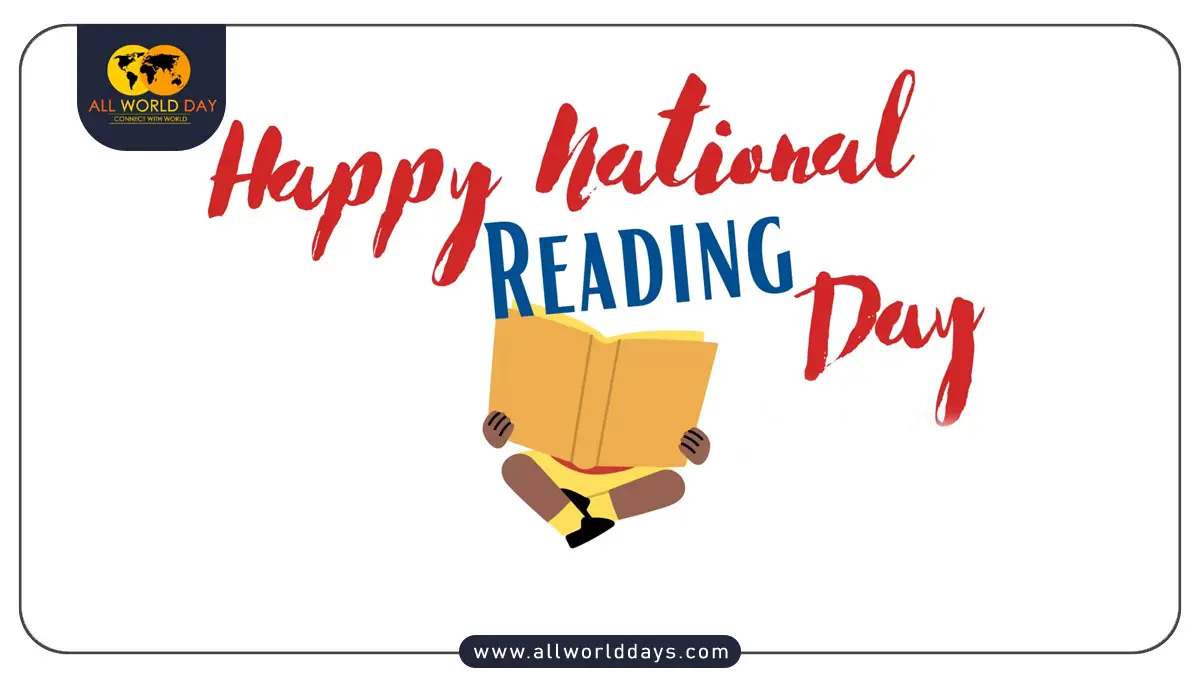National Reading Day 2024 is celebrated on the 19th of June all across the country to honor the works of Puthuvayil Narayana Panicker who is often referred to as the ‘Father of India’s Library Movement’. It is in this connection that one must understand the legacy of P. N. Panicker, a great teacher and educationist of Kerala origin, who unconditionally strived for the cause of educating and writing for India till his last days.
He firmly believed that reading and becoming enlightened through books formed the bedrock of individual and social transformation. He was involved in the provision of the first public library in the region of Kerala in 1945 and later became the leader of the library movement in the region.
To pay homage to his tireless efforts to enhance the importance and practice of reading and education, the Indian government passed a law and marked June 19th as National Reading Day in 1996. It is celebrated across the country by encouraging people to read books and engage themselves in any form of reading.
Significance of National Reading Day
The day is aimed at commemorating the efforts of PN Panicker in changing society through the use of literary skills in India. The Father of Reading died on 19 June 1995. Sanadana Dharma Library established by PN Panicker and hence, he known as the founder of the library movement in Kerala.
In addition to the National Reading Day held on the death anniversary of Munshi Premchand, the Ministry of Education of Kerala has specifically designated a week for reading called Vayana Varam starting on 19th June every year. He was equally instrumental in the formation of the Kerala Association for Non-Formal Education and development-KANFED. KANFED was actively participating in the eradication of illiteracy and creating awareness of Education among the masses in rural sectors.
The effects of the movement can also seen in the literacy survey in India and the state of Kerala among the highest in the country in terms of literacy. They promote the love for reading and persuade people to embrace the pleasure of reading as well as the value that embedded in book.
History of PN Panicker
Kerala literature propagated and the prestigious Travancore Palace Library developed through the Kerala Granthshala Sangham (KGS) which originally known as the Travancore Literary Association under the leadership of PN Panicker. This association comprised of a total of 47 local libraries and this association worked at the grassroots level with the main aim of providing education.
Five years after the formation of Kerala in 1956, KGS extended to thousand six hundred more libraries in the state. Under the leadership of PN Panicker, the KGS network also got a lot of name and fame, it even received the UNESCO Krupsakaya Award in 1975.
How to Celebrate National Reading Day
1. Read a book: Of course, that is the idea about the day but you can always add entertainment by joining a reading challenge. Search for “reading challenge” images and you will surprised by a wide array of checklists and tips on choosing the books that will challenge and inspire your imagination, as well as on choosing a book that will certainly you hooked.
2. Volunteer with your local library: It might just be so that you are in a position to have a local public library that way always needs volunteers. Libraries are very important for the communities as they provide children with a safe place along with many other services that are rather peculiar for a library.
Many of the community meetings held in libraries and several act as voting stations during the election period. You can donate books to your community to pass knowledge sharing and it has found that many book donations help to complete collections of stocks available.
3. Try to share your passion with one person: Make someone a reader and take them your favorite reads. Be sure to read to your children to extend this love for books to all of your kids. It also can mean reading to another person who cannot read due to old age or any other reason you come across. Not only is it good for the brain and your stress but it is an activity that further forms a bond that they would cherish and again it helps with their brain as well.
courtesy :https://www.allworlddays.com/national-reading-day/:























